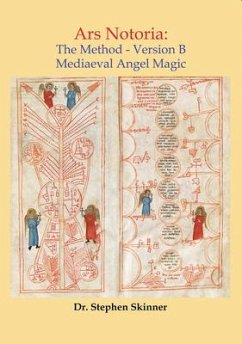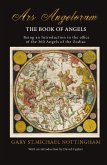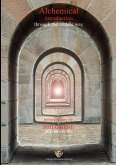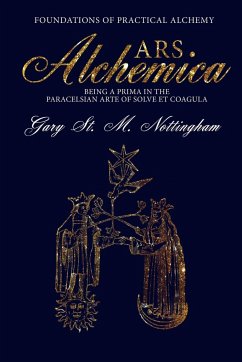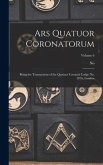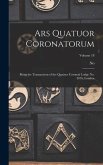The Ars Notoria is a mediaeval grimoire, or magician's manual, which was widely distributed and very popular in the 13th-16th century, but virtually unknown today. It is however still very relevant in the 21st century because it contains detailed techniques to enable the practitioner to absorb whole subjects very rapidly, and to understand very complex subjects on first reading, as well as remembering whatever has been read. Of all the grimoires attributed to the Solomonic tradition of magic, one of the oldest and most enigmatic is the Ars Notoria. Like the many magic manuscripts this work was pseudepigraphically attributed to several famous individuals ranging from Solomon (who reputedly received the book directly from God via the hand of the angel Pamphilius), through its supposed translation by the magician Apollonius of Tyana who called it Flores aurei , or the Golden flowers, to Euclid of Thebes. The Ars Notoria stands alone in its own category of angel grimoires, for while most other Solomonic grimoires are concerned with the evocation of spirits or demons, the Ars Notoria instead was concerned only with memory and the ability to understand and absorb whole subjects rapidly. It offered to grant almost instant proficiency in any of the seven Liberal Arts, making it a veritable student's grimoire, a key to obtaining knowledge rapidly. Yet despite its popularity and enduring history the Ars Notoria has never been printed in its complete form. From its early published Latin appearance in Agrippa's Opera Omnia to the first and only English translation by Robert Turner in 1657, all published versions of this work have omitted the most vital component of its operation, the notae, a set of complex pictorial illustrations that are the heart of its system. That is however until now. The present edition contains all the notae which have always been left out of other printed editions, without which the system just does not work. For the first time ever the Ars Notoria is presented in its complete form. In this edition we present not just one but five complete sets of notae taken from various manuscripts, alongside a corrected edition of Turner's English translation. We also present a complete facsimile of Yale University's Beinecke MS Mellon 1 in full colour, the earliest known manuscript of this work, with a complete copy of the 1620s printed Latin text. Detailed commentary is provided on its origins, content, possible authors, owners, methods of use, and practical considerations as well as comprehensive tables of the almost 100 notae variants. The progress of the Ars Notoria is traced from its Greek origins, via its flourishing 13th century monastic life to its supposed inclusion in the Lemegeton.
Bitte wählen Sie Ihr Anliegen aus.
Rechnungen
Retourenschein anfordern
Bestellstatus
Storno

